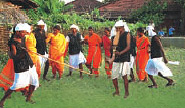tribal clothing and textiles
Material used for Tarpa dance Attire, gujarat
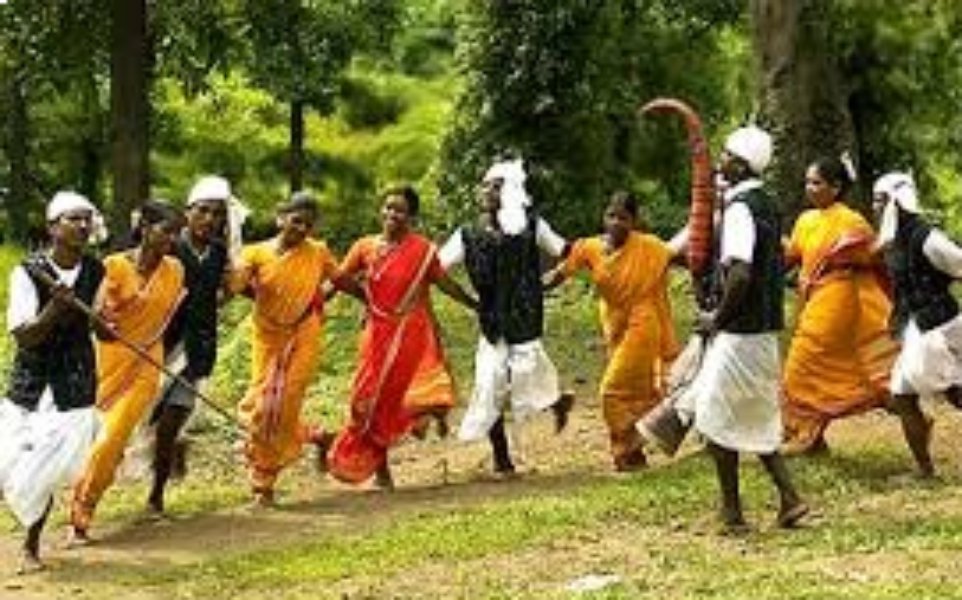
The costumes used in the Tarpa dance are woven using natural and locally available materials, keeping up with the law of life in nature for the tribal people in Gujarat. Men's attire is dominated by cotton because it absorbs sweat during the dance and gives comfort and freedom during dancing movements. On the contrary, women appear in cotton sarees with cholis of light materials. The ornaments and head-gears are made of metals, beads, and natural materials such as wood and shells that do justice to the ruggedness and cultural authenticity of the performance deepened in folk wisdom.
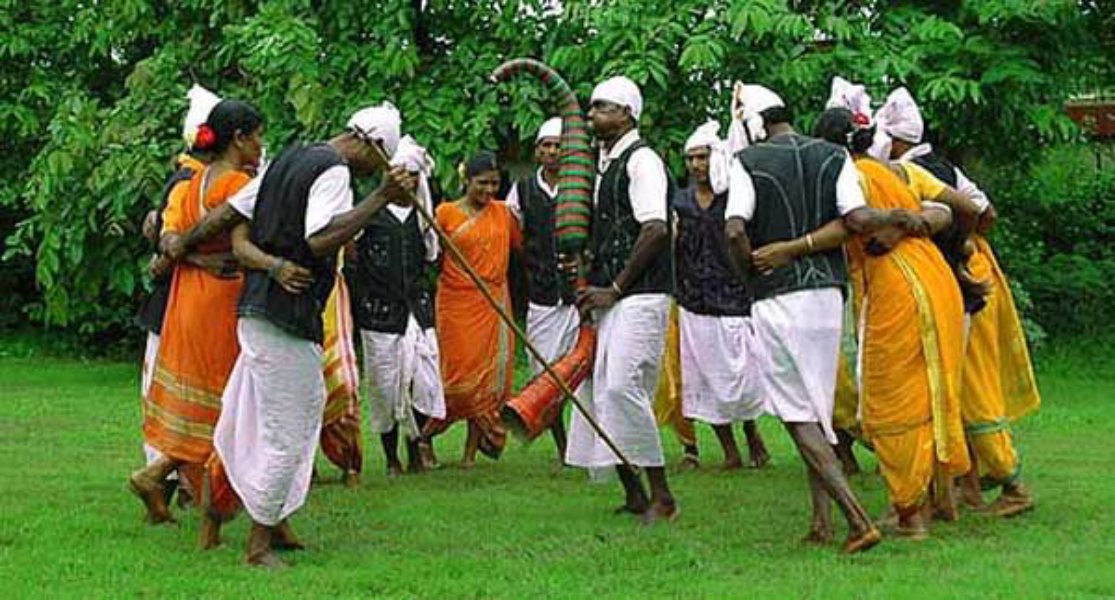
Tarpa Dance Costumes are meant for withstanding the vibrant earthiness of the Warli tribe in Gujarat. The performers wear their native attire made of simple, handwoven fabrics, often earthy-colored symbols of deep attachment with the earth. To add the charm and dazzling glory of Tarpa dance, there are women decked in rich traditional jewelry and stunning headgear while men bedecked in dhotis and topped with a turban. The dynamic motions of the dance make the costumes aesthetically appealing and add that touch of cultural richness to the performance.
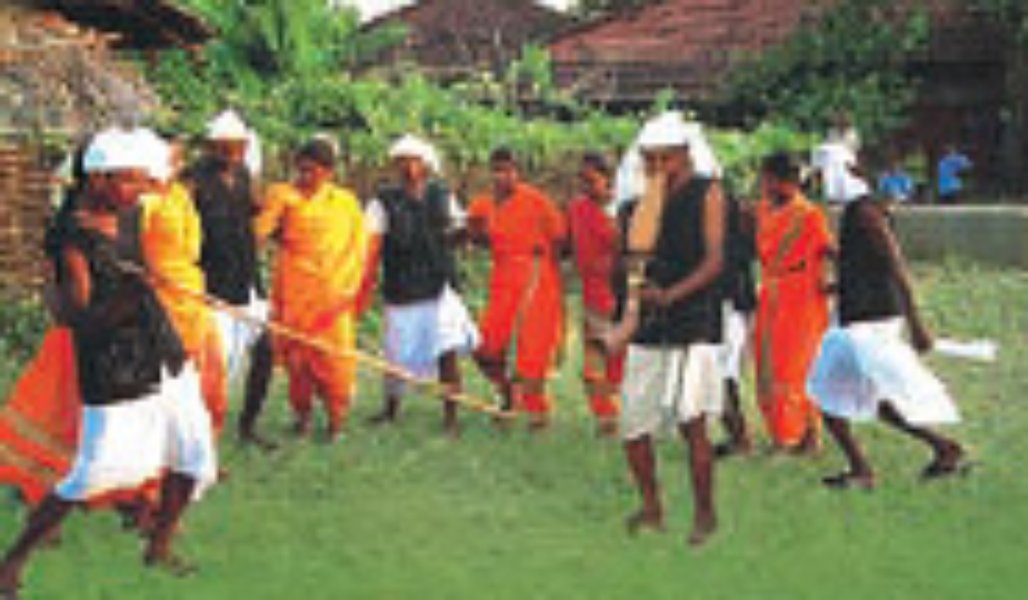
Tarpa dance plays an important cultural and social role for the Warli people of Gujarat.The artistic expression of Tarpa dance, as the Warli people would say, emanates from their perception and interaction with nature, society, and spirituality. Well aware of their traditional art, the Warli people have used the dance as an expression of their vibrant agricultural setting, performed on occasions such as festivals and harvest. The connecting with nature is reflected in the costume of the dance-the clothing may be simple, yet the meaning behind it is large-the clothes symbolize unification and harmony with one another in the community. Musically and rhythmically, the dance appreciates the earth and its bounty, thus giving the feeling of social belongingness and pride to the Warli.
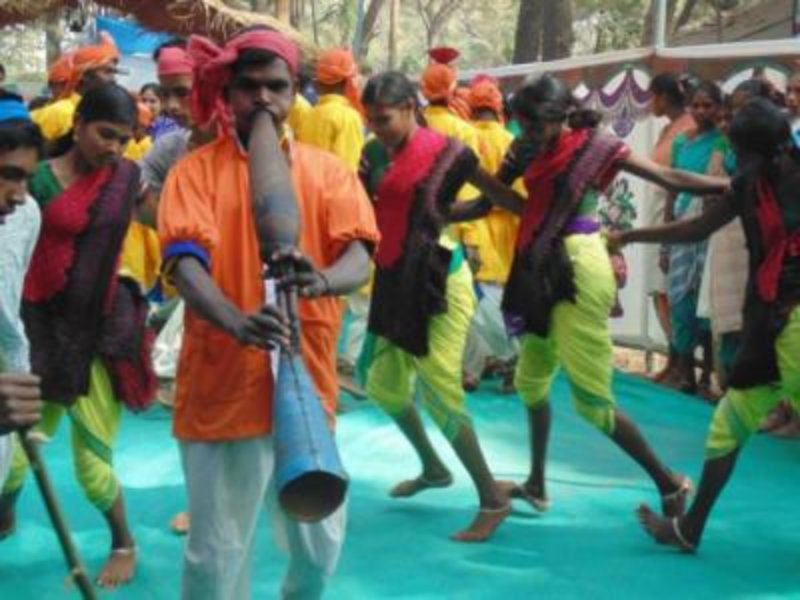
Socially, the Tarpa dance plays a very significant role in Gujarat, particularly in tribal communities. It is a source of entertainment and a social junction of community bonding. It is performed by men and women, mostly in a circle, during festivals, harvests, and other important occasions. This gives rise to a sense of unity and a communal spirit. The players dance to the rhythm of the Tarpa, a wind instrument, which closely ties music, dance, and social cohesion in rural Gujarat; thereby ensuring cultural preservation, promoting intergenerational linkages, and instilling belongingness and a common identity in the community.
